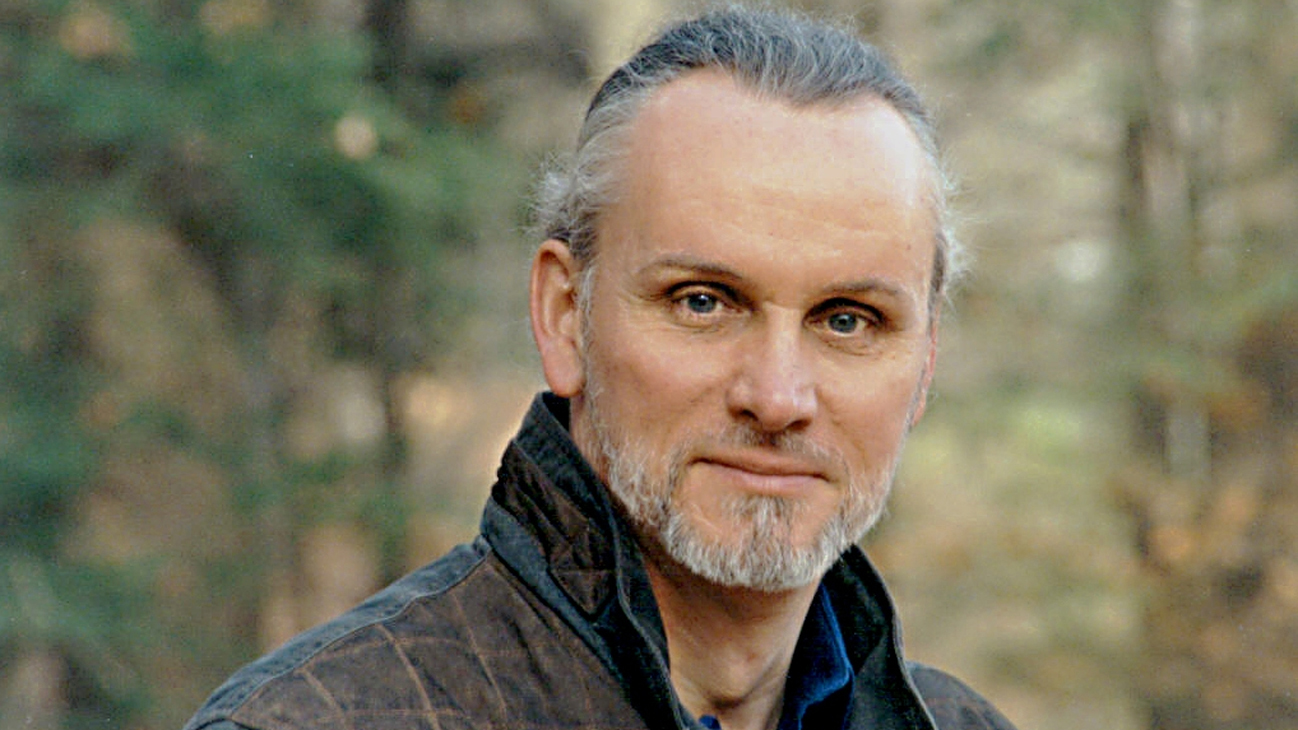Keynote Speeches
Technology has been a real game-changer over the past 40 years and more, but everything that has happened so far is really just a warm-up for what’s to come. In IT, not only is the pace of change accelerating, but the rate of acceleration is increasing. Big data and novel analytic techniques are revolutionizing all aspects of businesss, from drug research, to customer relations, to inventory management, and much more. Robots are about to emerge from the pages of fantasy into everyday reality, accompanied by computer intelligences that will challenge human workers on many different levels. The implications of this, and more, will be dramatic – and catastrophic for those who are not adequately prepared.
There are three major drivers of change in health care. They are separate, but interrelated: the aging population, technology, and money. When added to the politics of health care, these factors portend a stormy future of everyone involved in health care, particularly from an insurance perspective. Yet, it also implies that those firms prepared for the changes ahead will have a huge competitive advantage over their less-foresighted competitors.
That Canadian and American populations are aging is well known. That this may bankrupt governments at all three levels has been discussed but is widely ignored. But what are the downstream or domino effects of these developments? And how do they interact with demographic effects elsewhere in the world?
Agriculture and the environment
Negative influences include shifting rainfall and seasonal patterns, declining stocks of fossil water to support producers’ efforts; and an anti-scientific attitude by many consumer groups towards applications of the biosciences in food production, notably in genetically modified organisms. Changes in techniques and technology include such things as the application of Big Data and novel analytical tools to farm micro-management; the introduction of drones and robot labour to farms; and the potential for non-traditional production methods, from urban, vertical greenhouses to 3D printing of food and fibers.
Negative influences include shifting rainfall and seasonal patterns, declining stocks of fossil water to support producers’ efforts; and an anti-scientific attitude by many consumer groups towards applications of the biosciences in food production, notably in genetically modified organisms. Changes in techniques and technology include such things as the application of Big Data and novel analytical tools to farm micro-management; the introduction of drones and robot labour to farms; and the potential for non-traditional production methods, from urban, vertical greenhouses to 3D printing of food and fibers.






Similar
Speakers